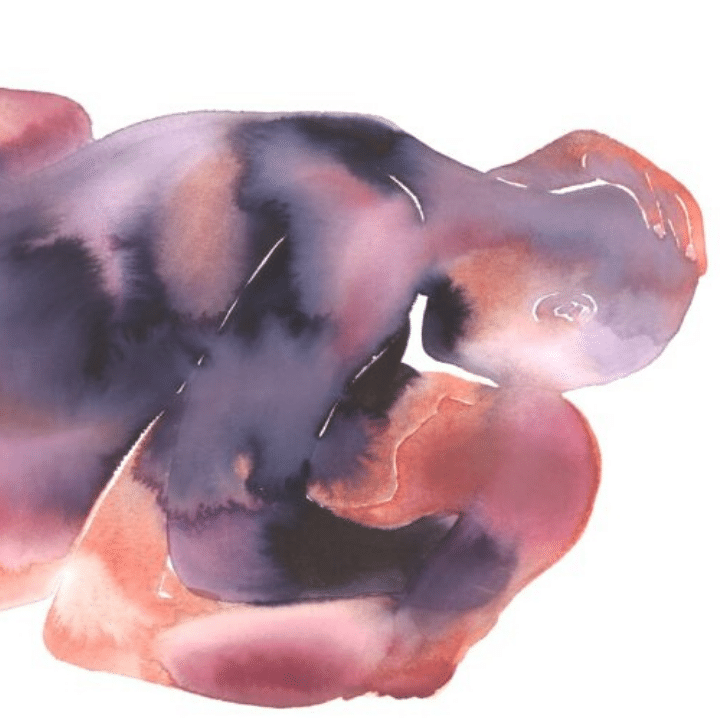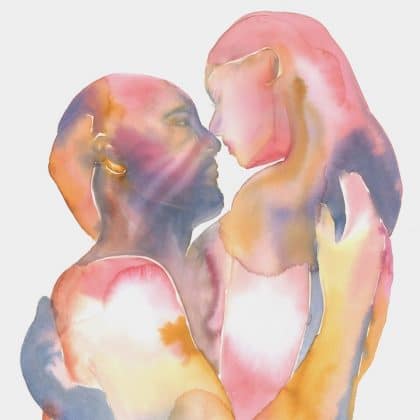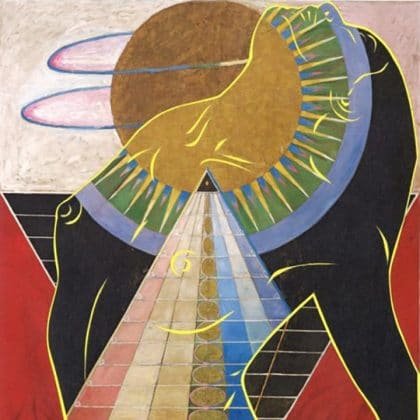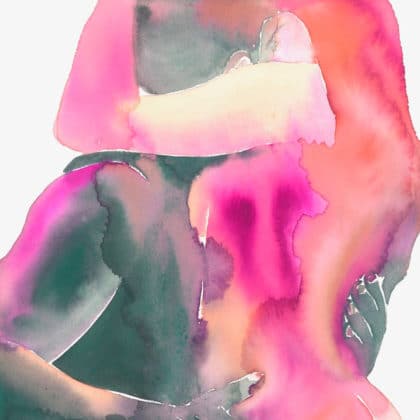There may be some truth to these male and female sexuality myths, but it’s not as black and white as we make it out to be.
Do men really want it all the time and are women only in the mood when there’s romance involved? If you ask us, these stereotypes seem a little oversimplified. Let’s get to the bottom of these male and female sexuality myths once and for all, and see just how much of what we think we know about our sex drive is true.
Read more: 5 Common Relationship Myths Debunked
The Truth About The Male Sex Drive
For the most part, it’s true that men tend to be more sexually keyed up than women. This is because their sex drive is typically more straight forward. Multiple studies have revealed that men (under 60) think about sex at least once a day, experience more spontaneous sexual arousal than women and have more varied sexual fantasies. Men seek connection, intimacy and love in relationships, just as women do, but the majority of them view sex differently. They also tend to seek sex more avidly, which means they want sex not only at the beginning of a relationship, but also in the middle and for many years after. This is because men use sex to express the connection they feel towards their partner. For many men, sex is their preferred language of intimacy. In contrast, most women prefer to get closer and connect through conversation before they get to the bedroom. Of course, this is not always the case.
Read more: How To Address Missmatched Sex Drives
The Truth About The Female Sex Drive
Researchers have yet to come to a full understanding of female sexuality and desire. But what we do know is that women tend to take a less direct route to sexual satisfaction. Women’s desire generally originates between the ears and between the legs. For women, there is more of a need for development (is a little romance too much to ask for?). It’s the longing and anticipation of “getting there” that creates and fuels desire.
Women’s sexuality is also very dependent on context and tends to be more connected to emotions. For example, a woman may not be interested in sex right at one moment, but if the mood and energy in the room were to change, that could easily turn her on. People often believed that women were not as interested in sex as men, but that’s incorrect. Perhaps it’s more that women are just not as interested in sex viewed through a male-specific lens. More importantly, as our culture evolves and shifts, our perception of sexuality moves too,
Read more: How To Create True Intimacy In A Relationship
Some Other Factors To Consider
Did you know that one out of five men have what’s considered to be a low sex drive? If you’re surprised, you’re not alone. It’s not something that gets talked about a lot. The male libido can often be impacted by stress, lifestyle choices, medication, medical issues and other things. If your man has been struggling to increase his libido, don’t lose heart. It’s important to find the route of the problem and identify any triggers. In the meantime, there are still many other ways to experience intimacy, connection and pleasure with a low libido. If you’re not sure where to start, you might want to consider seeking help from an intimacy coach or book some time to speak to a therapist.
For women, libido waxes and wanes with their menstrual cycle. Think about how you feel when you’re ovulating. Is your sex drive higher than usual? What about during the days leading up to your period? Does it tend to wind down? Needless to say, women’s sex drive is largely affected by their hormones, which also explains why their libido changes with menopause. If there’s one thing we learned from all of this, it’s that it is impossible to dichotomise male and female sexuality and that there can be a myriad of reasons why either gender might be going through a slump in libido. Sexual desire is not linear, it’s fluid for each individual.
How To Boost Your Libido
It’s important to remember that cultivating sexual desire is an individual journey and requires time and practice. You’ll first need to get past any sense of shame or shyness in order to discover what turns you on. It may help to explore this with your partner, but don’t forget that the goal is to find out what gives you the most pleasure. Stay mindful and ask yourself questions such as “What type of touch do I desire?” and “What are my pathways to pleasure?”. Another way to boost your sexual desire is to establish and use your preferred erotic language. If you’re not sure what that is, you can take this short quiz or read our article on lust language to help you better understand how you’re sensually wired.
Read more: The Stages Of Sexuality: Discover Your Pathways To Sexual Wholeness
Thank you to the talented Tina Maria Elena for her beautiful images! You can follow her on Instagram and Facebook.





 Eat & Drink
Eat & Drink



 Travel
Travel


 Style
Style



 Beauty
Beauty
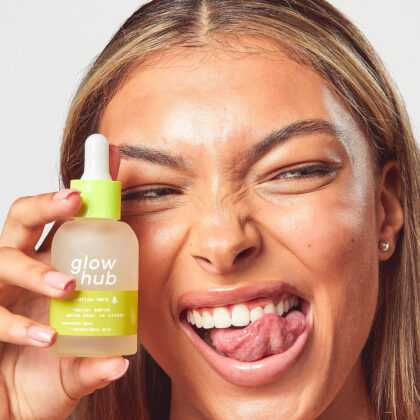
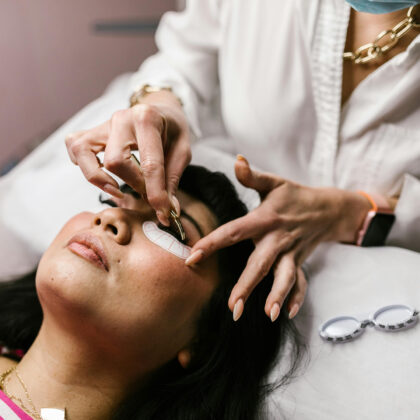

 Health & Wellness
Health & Wellness



 Home & Decor
Home & Decor

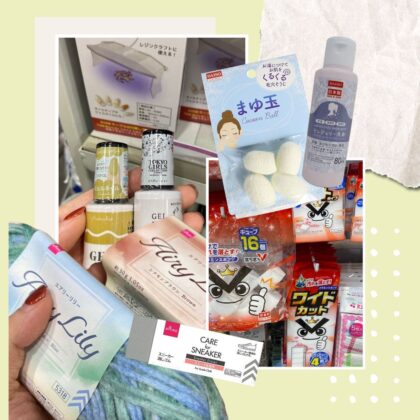

 Lifestyle
Lifestyle



 Weddings
Weddings




